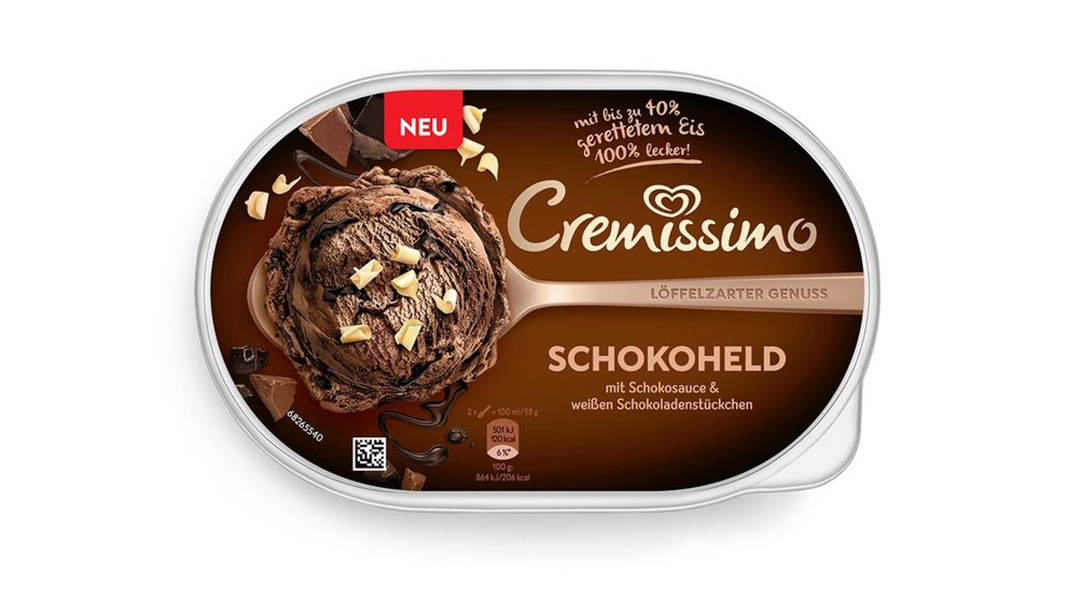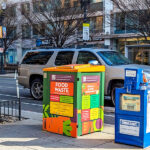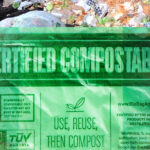Top: Photo courtesy of Unilever
At a food waste conference a number of years ago, a speaker from a major food manufacturer explained the traditional practice of flushing production lines between packaging chocolate and vanilla pudding packs. This waste of perfectly edible food led the company to create a new pudding flavor that was a blend of vanilla and chocolate. The product was distributed through non-retail channels, so there wasn’t an opportunity to purchase the pudding in stores.
During a media briefing in early March to unveil the United Nations Environment Program’s 2021 Food Waste Index Report, Hanneke Faber, President, Foods & Refreshment, Unilever, described a similar situation with its Cremissimo ice cream brand sold in Germany. “Our Cremissimo ice cream team found a way to collect ice cream not used in the primary production process and mix it in with delicious chocolate sauce and white chocolate chips to create ‘saved’ ice cream,” said Faber. According to Unilever, over 1.2 million Cremissimo Chocolate Hero tubs have been sold to date, representing a reduction of 160 metric tons (176 tons) — or 300,000 tubs — of wasted ice cream a year. Each tub is made from 100% recyclable plastic and features the Too Good To Go’s new “Often Good for Longer” use-by date label.
Unilever, one of the world’s largest food manufacturers, has committed to halving food waste in its direct operations from factory to shelf by 2025. It also ran an ad during the 2021 Super Bowl focused on reducing food waste at home. (Over 40% of food loss comes from consumer homes.) The 30-second ad, with the tagline “Make Taste, Not Waste,” promoted using Unilever’s Hellmanns® Mayonnaise to transform the still edible food in those containers in your fridge into mayo-enhanced snacks and more.













